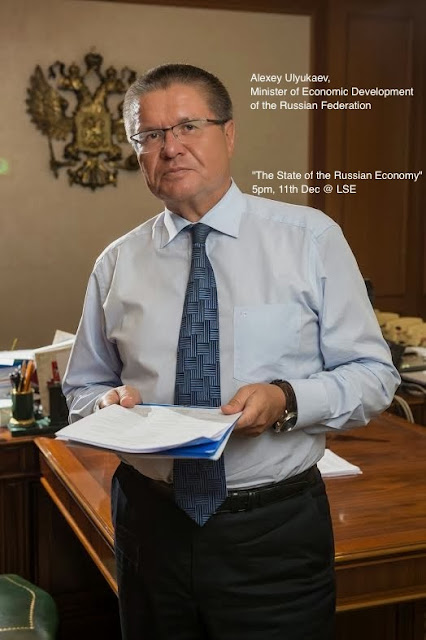IDAC, the international two day industry conference,
staged for the first time in London at erpec 2015, will bring together retail
fuel executives and international equipment providers from across the globe to
‘Talk Business’ for three days, in the heart of Amsterdam, one of the world’s
most popular international destinations.
Minale Tattersfield 3Ds design has been contributing to this two-day
industry event since 2015, when we presented many of the innovative designs we had created for both multinational brands and local roadside retailers.
We are excited to continue to support IDAC in 2017
showcasing more on the design challenges and various brand successes we have
experienced over the years while working in this dynamic and vibrant sector.
At Minale Tattersfield 3Ds design we have always produced designs that work harder. Since an important consideration for many petrol
retailers is the size of their networks (shell 50,000, BP 25,000, Agip 20,000
and Total 15,000), cost is clearly a key factor and designs need to be
practical. For this reason, an individual architectural gesture is very
difficult to achieve across a whole network.
During IDAC2017, David Davis, 3D designer, will showcase Minale Tattersfield's forecourt designs which have made not only a considerable contribution to the success of our
clients, but also contributed to the evolution of the petrol station.
We look forward to seeing you there.







